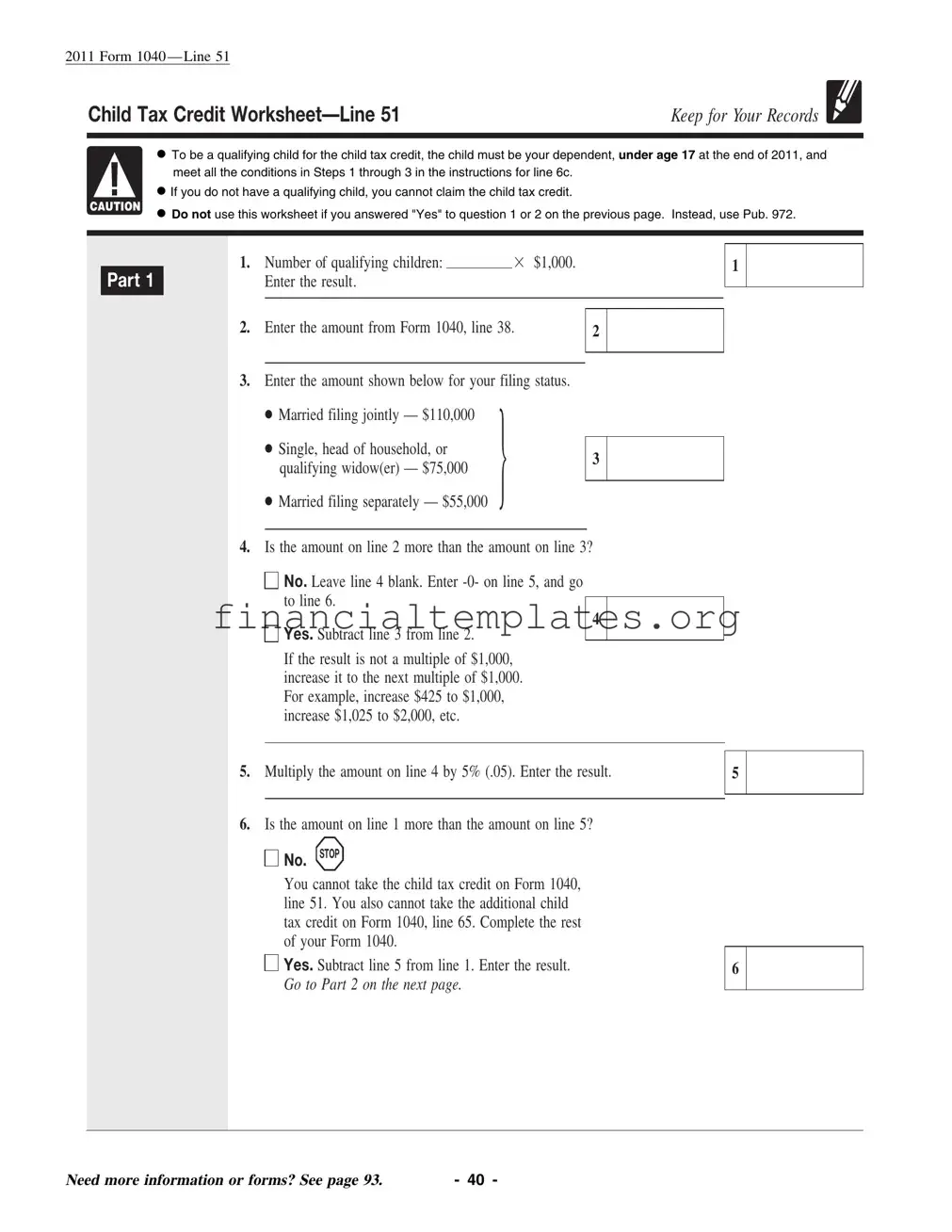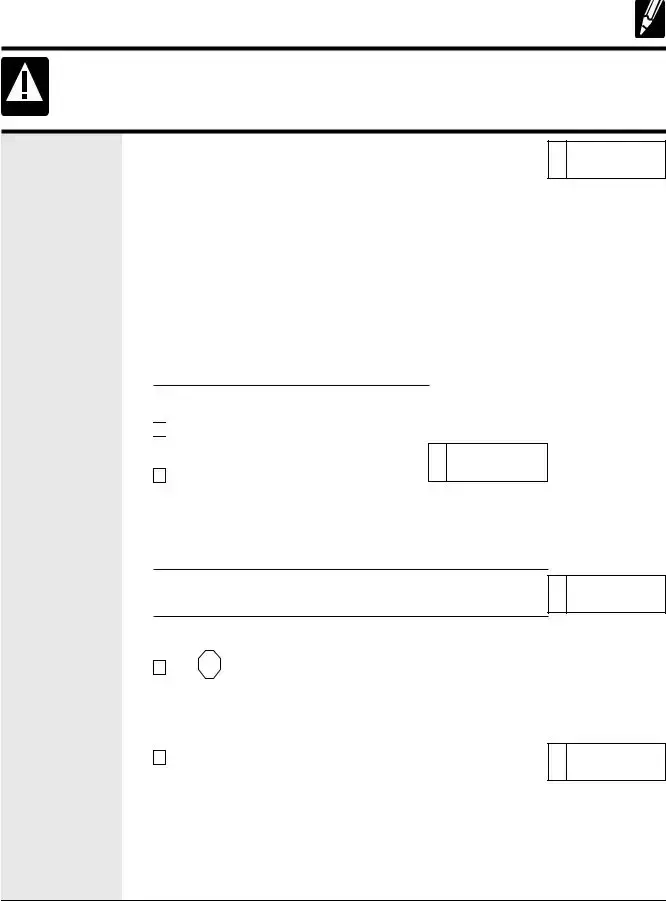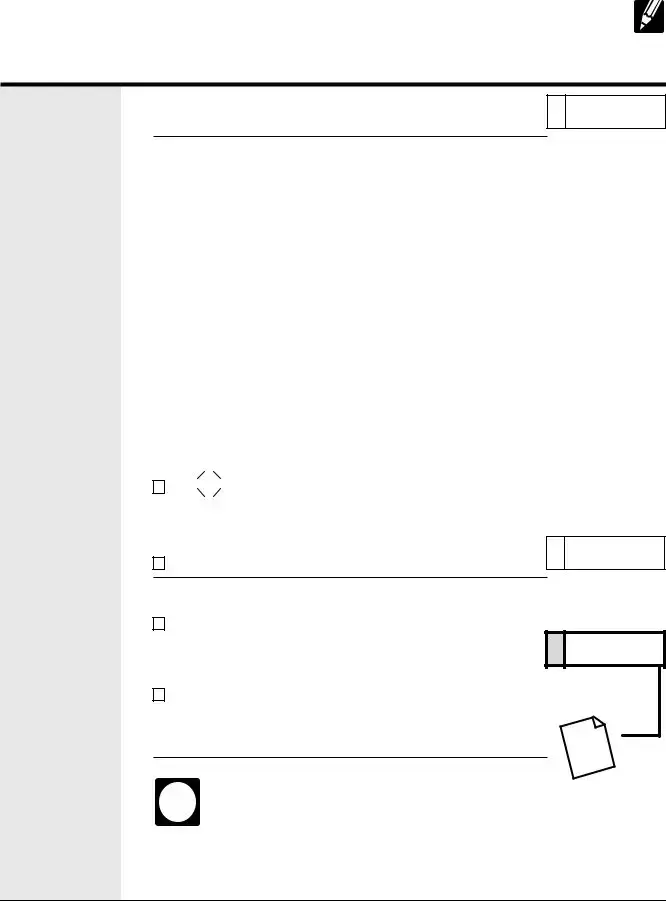The document similar to the Child Tax Worksheet is the Form 8812, also known as the "Additional Child Tax Credit." This form is designed to help determine if taxpayers are eligible to claim the additional child tax credit, which can be beneficial for those who weren't able to utilize the full amount of the child tax credit on their tax return. Form 8812 and the Child Tax Credit Worksheet share a common purpose: both are aimed at ensuring taxpayers accurately calculate and claim credits related to dependents, taking into account the number of qualifying children and the family's income.
Another relevant document is Form 1040 itself, which is the U.S. individual income tax return form. The Child Tax Credit Worksheet is directly related to line 51 of Form 1040, where the child tax credit is claimed. Understanding and accurately completing the Child Tax Worksheet is crucial for correctly filling out the Form 1040, as it helps to determine the amount of credit that taxpayers are eligible to deduct from their federal income tax based on their eligible dependents.
Form 5695, "Residential Energy Credits," although it focuses on credits for energy-efficient home improvements, shares similarities with the Child Tax Credit Worksheet in that it is used to calculate specific tax credits that taxpayers may be eligible for. Both forms require taxpayers to follow a series of steps to determine the credit amount they can claim, impacting their total tax liability. Essentially, they both guide taxpayers through eligibility criteria and calculations to ensure appropriate credits are claimed.
Similarly, Form 8834, "Qualified Plug-in Electric and Electric Vehicle Credit," is geared towards taxpayers who have purchased specific types of vehicles and are eligible for a tax credit. Like the Child Tax Credit Worksheet, Form 8834 requires detailed financial and eligibility information to accurately calculate the credit amount. Although it focuses on a different aspect of tax credits, the underlying principle of calculating a benefit based on eligibility criteria is a shared feature with the Child Tax Credit Worksheet.
Lastly, Schedule R, related to the "Credit for the Elderly or the Disabled," is akin to the Child Tax Credit Worksheet in that it serves taxpayers looking to claim a credit, specifically senior citizens or those disabled. Both documents necessitate careful consideration of the taxpayer’s specific situation and calculations based on criteria set forth by the IRS. Despite the difference in target demographic, Schedule R and the Child Tax Credit Worksheet operate under the same premise of providing tax relief to eligible individuals.




